Dinner by Heston Blumenthal
Historically inspired British cuisine with two Michelin stars
Historically inspired British cuisine with two Michelin stars


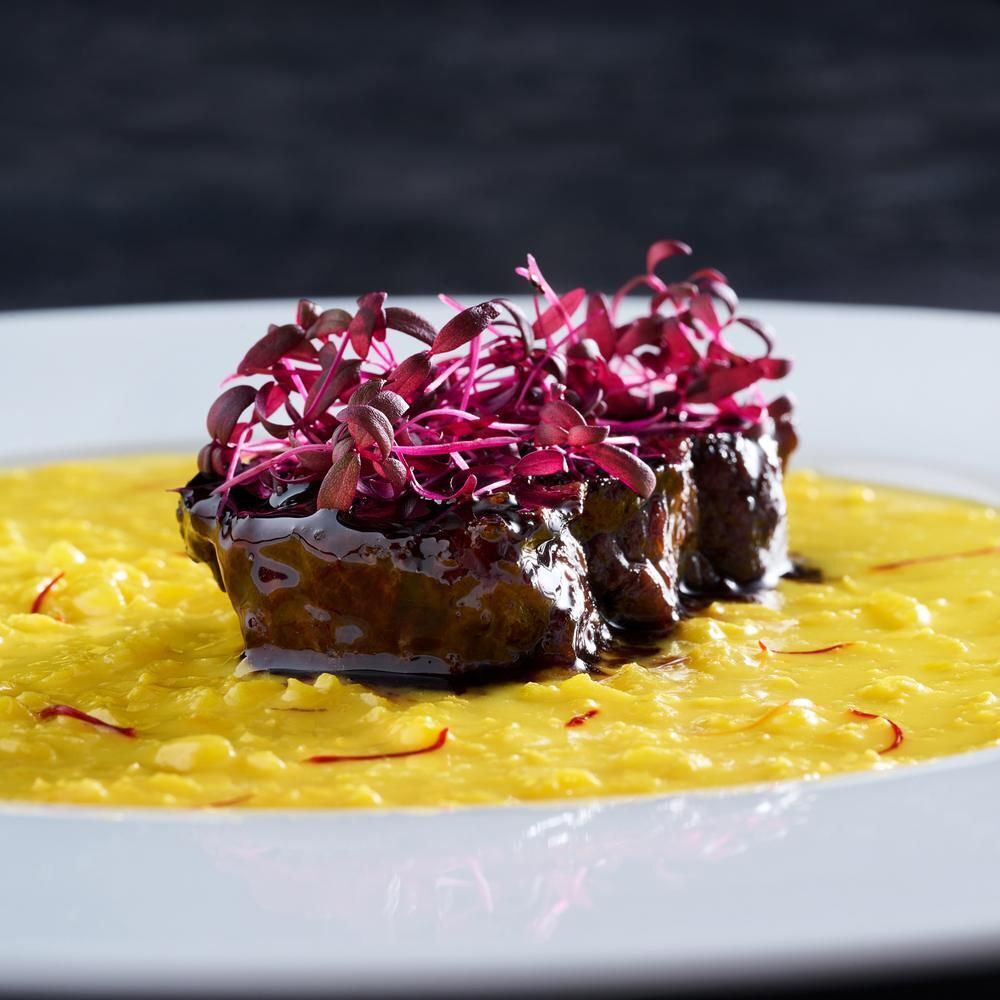


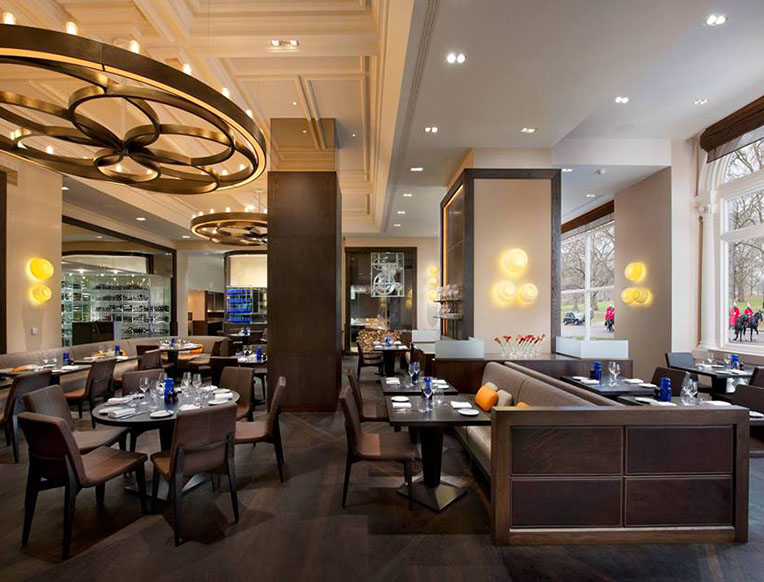
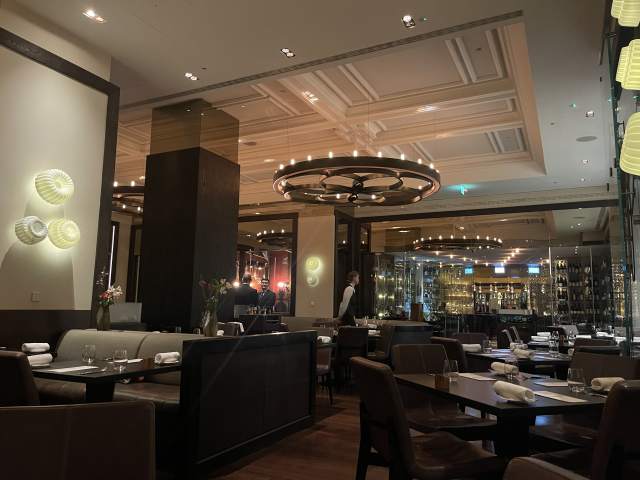
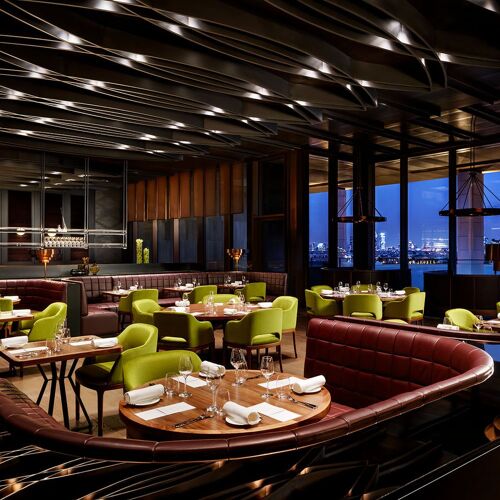
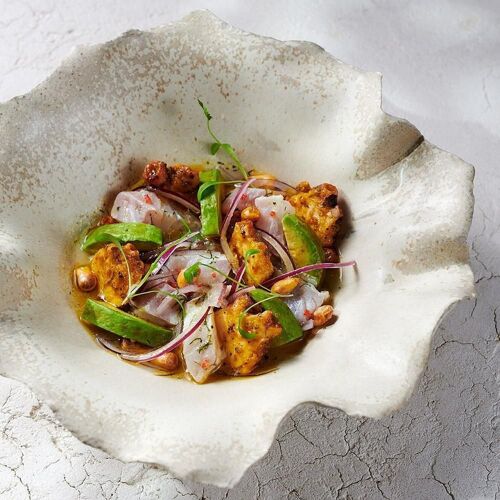





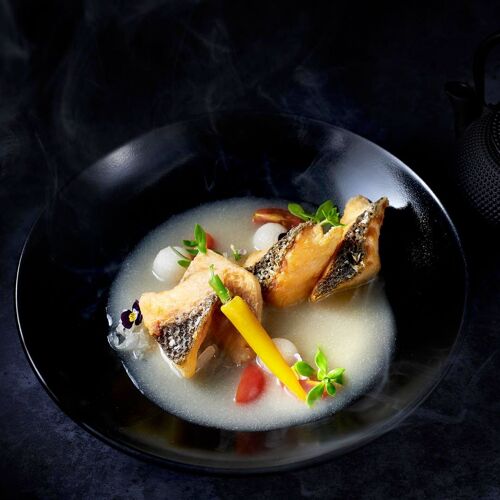
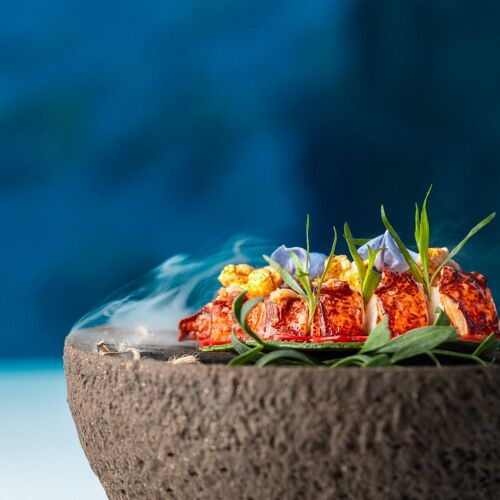
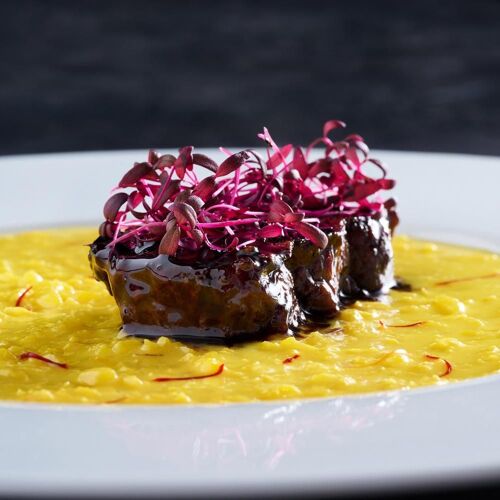
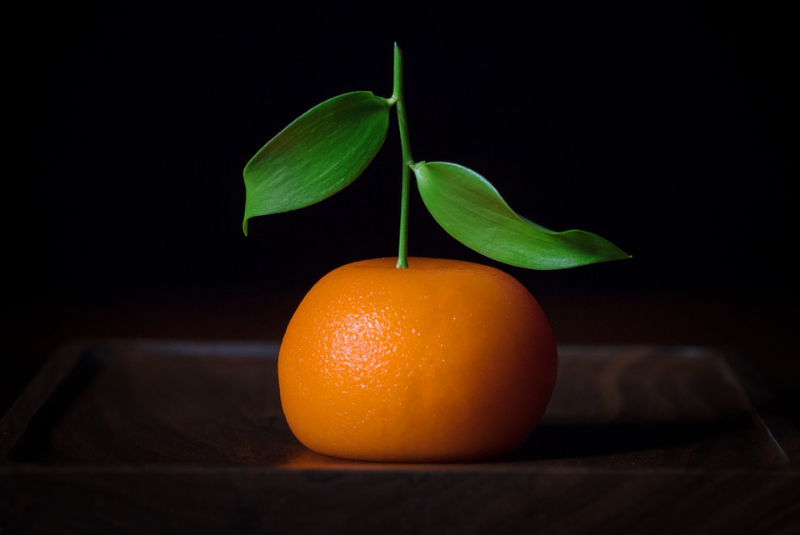







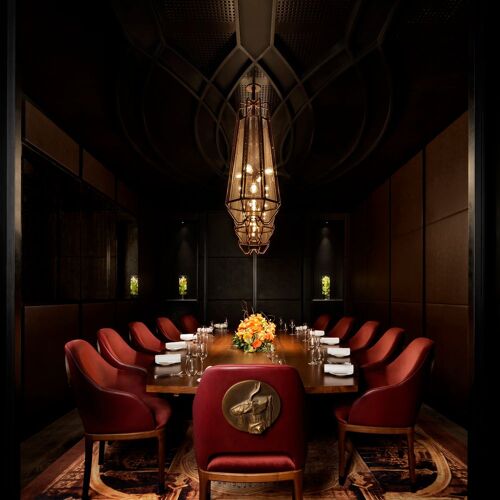


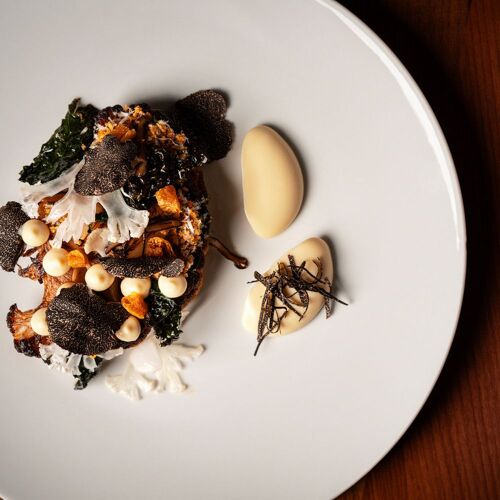
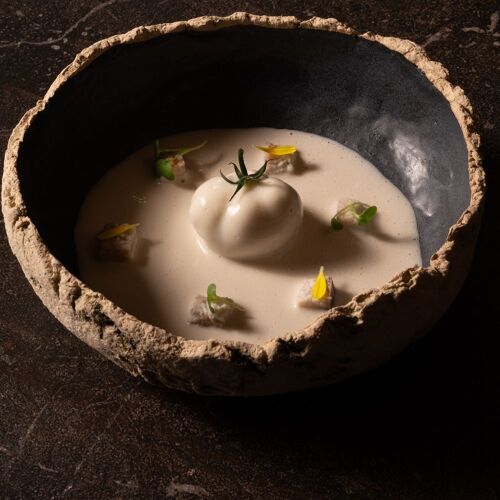

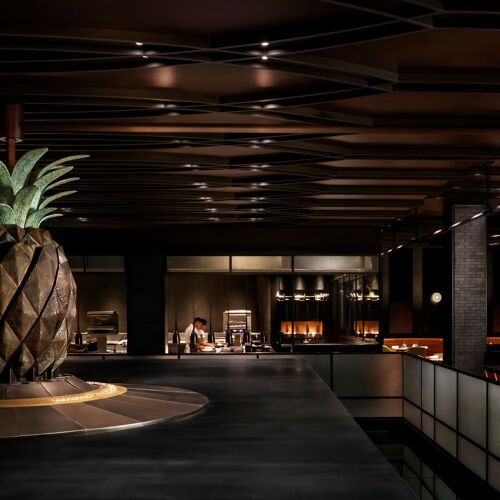






















"Included among his past positions, Dinner by Heston Blumenthal is noted as a Two‑MICHELIN‑Starred restaurant where he honed skills that formed part of his extensive Michelin‑starred background." - Michael He

"Pretty much the only place to find tipsy cake, this place reflects Heston Blumenthal’s maverick spirit even as the menu is based on British recipes of old; with origins dating back to 1858, his modern tipsy cake is a signature—a booze-laden brioche pudding accompanied by spit-roasted pineapple." - Andrew Young

"Doors magically slide open as you approach this large, dark and atmospheric restaurant on the first floor of the Atlantis The Royal hotel. Using the principle of ‘if it ain’t broke, don’t fix it’, the menu is a facsimile of the one in London, so that means British dishes from across the centuries invigorated with prime ingredients. ‘Rice & Flesh’ and the much-photographed ‘Meat Fruit’ are the two classic starters; for dessert, order the ‘Tipsy Cake’ which uses pineapples that you can watch being spit-roasted in the corner of the on-view kitchen." - Michelin Inspector


"Fine dining hotel restaurants with big-name chefs can get a bad rep—often for good reason. They can be stuffy, serious, and boring. Dinner By Heston Blumenthal—a painfully expensive, British fine dining restaurant inside Knightsbridge’s Mandarin Oriental—is all three. Guests are dotted around the huge room, making the whole space feel desolate. And with its 50 shades of brown interiors (dark wood tables, brown leather chairs, you get it) and stagnant atmosphere, the whole thing is a bit of a bore. The crowd here is mostly business sorts, couples celebrating stiff anniversary dinners, and far too many staff members. There are some nice touches—like the never-ending slices of complimentary sourdough and softened, perfectly salted butter. But then comes a £60+ piece of halibut that’s so bland it could’ve been boiled in tap water, and three roasted cauliflower florets and a dollop of shiitake dressing for another £50. Coupled with long gaps between courses, and not much else going on in terms of experience, dinner becomes a drag. Food Rundown Complimentary Sourdough The gift that keeps giving, this springy sourdough comes with softened, salted butter that glides on smoother than silk. The waiters will keep offering you more until you finally tell them to stop. photo credit: Rianne Shlebak Halibut & Green Sauce A delicate piece of fish that lacks flavour. Sure, the parsley sauce is nice and refreshing, and the halibut is all the things a well-cooked fish should be (buttery, light) but the lack of seasoning makes it a boring order. photo credit: Rianne Shlebak Roast Cauliflower Receiving this as a main—three pieces of roasted cauliflower—we couldn’t help but feel short-changed. It tastes great: the cauliflower is smoky and caramelised, and the macrows (a medieval-inspired macaroni and cheese-type dish) on the side is good at filling you up a tiny bit. But ultimately, this feels like a side dish. photo credit: Rianne Shlebak Triple Cooked Chips These, dipped in ketchup, are excellent. No notes. Honey Roast Parsnips Meaty and sweet, these parsnips have a nice bite to them and are more satisfying than some mains. photo credit: Rianne Shlebak Rhubarb & Rosehip This dessert is all style and no substance. The poached rhubarb is stringy and soft without being soft enough. Although we did enjoy the tartness of it with the yoghurt cream. photo credit: Rianne Shlebak Vegan Chocolate Bar An intense bar that’s like a thick mousse of dark chocolate laced with passion fruit and served with a scoop of mango sorbet. This is worth an order. photo credit: Rianne Shlebak" - Rianne Shlebak


"The menu may take inspiration from one of England's oldest recipe books, The Forme of Cury, but there is still something decidedly 'Heston' about the modern and creative dishes on show at this restaurant housed inside The Mandarin Oriental Hotel. You need only take one look at dishes like the signature illusory 'Meat Fruit' to see the eponymous chef's playful influence. Crucially, the flavours of the creations are sublime too, with the aforementioned dish providing a smooth, utterly delicious chicken liver parfait, regardless of its fun, fruity form." - Michelin Inspector